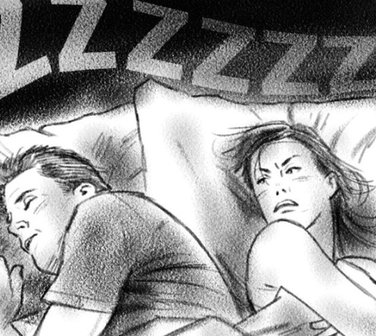The top five animal issues
Veterinarian and animal behaviour expert Kate Lindsey, of Kalmpets, shares her tips for the most common complaints from dog and cat owners.
1. Inter-dog aggression
Is your pooch aggressive towards other dogs? “A dog’s social skills are learnt through experience, not instinct, ” Dr Lindsey said.
“A puppy’s first 3-12 weeks are make or break towards becoming a well-rounded adult.
“Often dogs who are aggressive to other dogs have had limited or traumatic early social experiences.”
Dr Lindsey said it was important to understand that aggressive behaviour was based on fear and anxiety and was primarily a request for distance — not an intent to harm.
How well your dog socialises with other dogs may also be related to its general health. “Pain is a very common cause for a dog to suddenly withdraw from social opportunities and become aggressive, ” she said.
When it comes to addressing an aggressive pet, Dr Lindsey said punishment was not the best option.
“Punishment or forcing interaction will invariably result in an escalation of aggression, ” she said. “Re-education using positive methods will give your dog alternative strategies for dealing with their fear-based behaviour. A veterinary behaviourist can help.”
2. Separation anxiety
Dr Lindsey said it was important that dogs learnt to cope with being left alone, particularly when they were young. “If this opportunity has been missed and you have a ‘Velcro’ dog on your hands, building independence is the key, ” she said. “This involves toying with your dog’s motivation through combining a favourite treat with a problem-solving exercise.”
For example, she suggested placing a treat inside a squished-up cardboard toilet roll inner and tying it to a piece of furniture for your dog to discover.
“Build this exercise into a treasure hunt throughout your home and/or backyard until your dog spends increasingly longer periods of time searching for tasty morsels and less time watching your every move, ” she said.
3. Canine dementia
“If your dog is getting stuck in corners, appears disoriented, has ‘accidents’ in the house, wakes in the middle of the night or is having difficulty recognising family members canine dementia may be the cause, ” Dr Lindsey said.
According to her, one in three dogs between the ages of 11 and 12, and three-quarters of dogs aged 15 years and over, suffer from dementia.
“What was passed off as ‘normal’ ageing is now being understood as a disease process that can be slowed with early detection and targeted medicinal and behaviour therapies, ” she said. “You can indeed teach an old dog new tricks and keep the brain active with training games and food toys.”
4. Toilet etiquette
Weeing or spraying inside the house is the most common unwanted behaviour in cats, according to Dr Lindsey.
“Cats are fussy when it comes to the litter tray and its location, ” she said. “For example, long-haired cats don’t enjoy how the litter sticks to their hair, old or overweight (cats) find the extra effort to propel themselves into the tray vexing, larger cats hate small litter boxes and most cats just think the tray is for single use.”
To stop your cat from urinating inside, she recommended providing one litter tray per cat plus one extra, and choosing a tray with a length one-and-a-half times the length of your biggest cat.
You should also clean used trays as soon as possible. “Refresh litter weekly and clean the tray with a small amount of dishwashing detergent and water, ” she said.
“Get your vet to test for a urinary tract infection — 30 per cent of cats with inappropriate urination and/or urine spraying have one.”
5. Excessive grooming
While it’s normal for adult cats to spend as much as four hours a day grooming themselves, if the behaviour becomes excessive this can cause health problems for your feline, such as hair loss or discolouration.
“Compulsive grooming, plucking and barbering may be a sign of anxiety but a diagnosis can only be reached when other medical causes (eg allergy, pain-based disease, hormonal disease) are ruled out by your regular veterinarian, ” Dr Lindsey said.
© The West Australian









